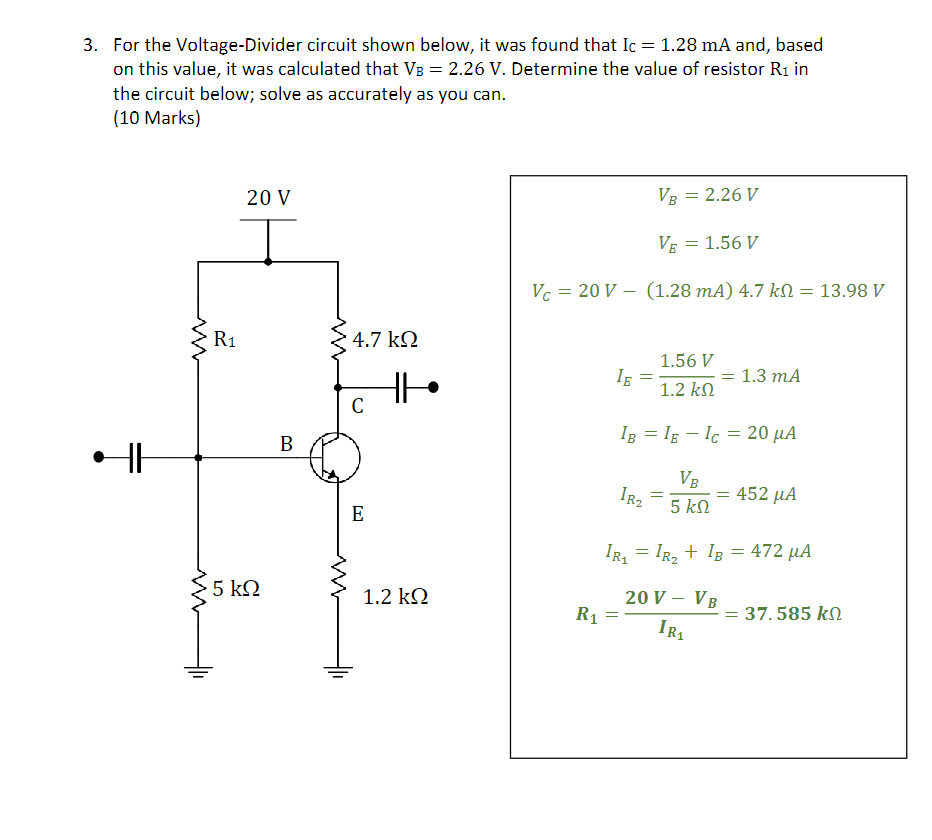ElectronicsHub USA Tech Reviews Circuit Diagram I'm not familiar of AC circuits as compared to DC circuits. But someone mentioned to me that I can use the Voltage Divider Rule (VDR) on AC circuits to drop a 240 Vac to 24 Vac by using a high watt 1 ohm resistor and a 9 ohm resistor. (240*1) / (9+1) = 24 Vac. I was thinking about it and it kind of make sense. In this lesson we'll learn to quickly and directly solve for voltage across elements in series using the AC voltage divider rule without having to solve for

Consider the two capacitors, C1 and C2 connected in series across an alternating supply of 10 volts. As the two capacitors are in series, the charge Q on them is the same, but the voltage across them will be different and related to their capacitance values, as V = Q/C.. Voltage divider circuits may be constructed from reactive components just as easily as they may be constructed from

Capacitive Voltage Divider Circuit as an AC Voltage Divider Circuit Diagram
In these cases, we can treat any impedance as a wire with zero resistivity, and capacitances work as a gap in a circuit, so they have infinite resistance. For the rest, they are all used with AC (alternating current) circuits, and the voltage divider rule is applicable for the maximum value of the potential difference. It may also be helpful to According to the voltage divider rule, the voltage drop across each resistor in a series circuit is directly proportional to its resistance relative to the total resistance of the circuit. In AC circuits, the application of the voltage divider rule becomes more complex due to the presence of reactive components, such as capacitors and inductors.

In this video, I am talking about what is a voltage divider, how it works, and how to use it as a voltage sensor.Join this channel to support me or to get ac

AC Voltage Divider Rule (Full Lecture) Circuit Diagram
AC Voltage Divider. The two impedance voltage divider is used often to supply a voltage different from that of an available AC signal source. In application the output voltage depends upon the impedance of the load it drives. Note: To avoid dealing with so many short circuits, divider resistors with value zero will default to 1 when the Key learnings: Voltage Divider Definition: A voltage divider is a simple circuit that creates a part of its input voltage as output, using two resistors in series.; Circuit Components: The circuit includes two resistors connected in series with a voltage source, splitting the input voltage.; Unloaded Equation: With no current flowing out, the output voltage depends on the ratio of the resistors.
